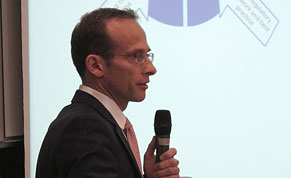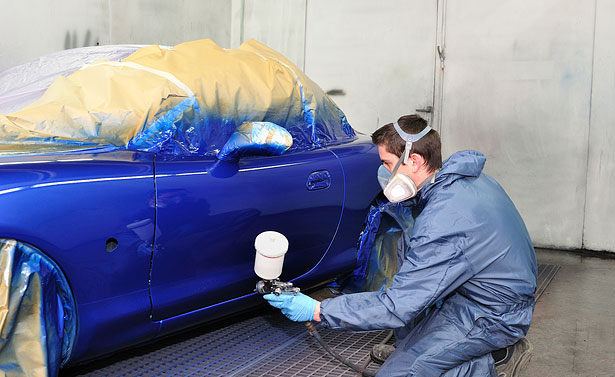You have just given a presentation on nanotechnology in Milan. What was the occasion?
The Milan-based Bassetti Foundation aims to promote studies and activities that help to foster innovative and sustainable entrepreneurial spirit. Within this context, sustainability means developing new technologies in a manner that is environmentally friendly and responsible from a moral, ethical and social perspective.
I was invited to give a talk at Bocconi University in Milan on the topic of "Risks and responsibilities in innovation", using the nanotechnology sector as an example. International academics from the fields of innovative research and economics were there to discuss the extent to which the insurance sector can evaluate the risks associated with new technologies and minimize their impact on society.
Is there really such a thing as responsibility when it comes to innovation, and can the insurance sector support the processes?
Each and every innovation is associated with risks. Take the nanoparticles in sun cream, for example, which are now used in most sun protection products. They filter out the UV rays that damage the skin, providing a high sun protection factor. But when the’re rinsed off, little is known about how these particles behave in natural bodies of water and in the soil. Similarly, the risk that arises throughout the entire product lifecycle, from the manufacture to the use and the disposal of products containing nanoparticles has only been investigated in some areas.
Insurance companies can help customers that produce these goods to mitigate their risks and can help companies to implement the occupational safety measures. It is also crucial that the benefits and risks of nanoparticles are investigated throughout the entire product lifecycle and that any findings are openly communicated. This is another area where insurers can play a key role.


